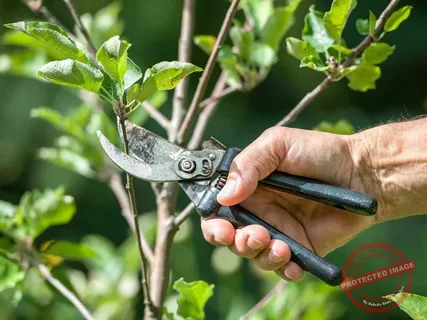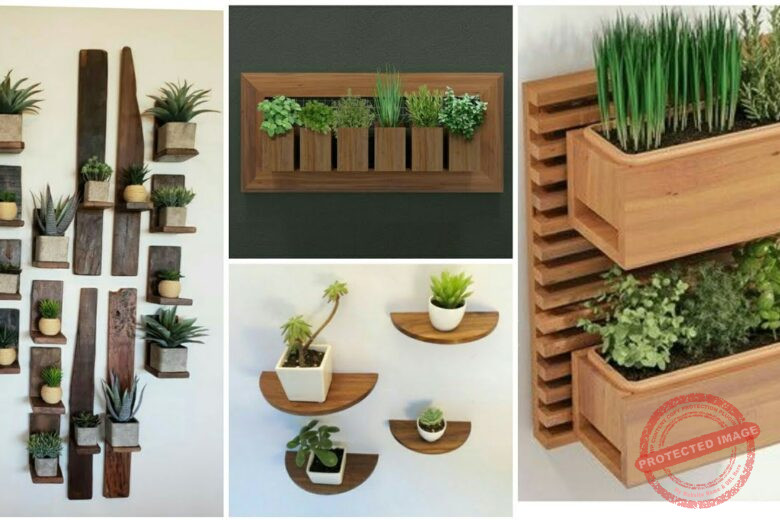There’s something almost unbelievable about growing lettuce where pigeons once perched and tomatoes ripen under skyscraper shadows. I never thought I’d find myself farming on a rooftop in New York City, but here I am—surrounded by green life while car horns echo far below. When I first stepped onto this concrete roof, it was bare and grey. Now, it’s a buzzing, living garden. It smells like fresh basil and compost. You’d be amazed how quickly the city fades away when you’re standing between rows of kale and cherry tomatoes, hands deep in soil that’s been loved and tended.
My journey into urban agriculture in NYC wasn’t some grand business plan. It started with frustration. I was tired of watching food waste pile up while so many people struggled to afford fresh produce. So, I decided to take a leap—quite literally—up to the roof. I began small, with containers and homemade compost. I still remember hauling bags of soil up six flights of stairs, one at a time. My friends thought I’d lost it. “Who grows carrots on a roof?” they said. But the first time I harvested a crisp handful of arugula, I knew it was worth it. The magic had begun.
Urban farming in a place like New York teaches you patience, creativity, and resilience. The city isn’t kind to growers—it’s loud, unpredictable, and space-starved. But there’s a rhythm to it once you learn to listen. The morning sun reflects off glass towers just enough to give the lettuce that golden glow. Rainwater rushes down drains, so I learned to collect it in barrels. And the neighbors? They started leaving coffee grounds and veggie scraps by my door to feed my compost. It’s community in its purest form—messy, generous, and alive.
How Rooftop Farming Took Root
People think urban farming is some new-age hobby, but really, it’s a return to something ancient—growing your own food close to home. In NYC, rooftop farms are rewriting the story of what city life can look like. From Brooklyn to the Bronx, more people are turning forgotten rooftops into vibrant green spaces. These aren’t just gardens for show—they’re producing real food. Fresh herbs for local restaurants, leafy greens for farmers markets, and sometimes even honey from rooftop hives. Urban agriculture NYC-style isn’t just about growing plants; it’s about growing purpose.
I started by testing different soils and lightweight growing media. The trick with rooftop farming is balancing soil depth with structure weight. You can’t just dump a foot of dirt on a roof and call it a day. I used a mix of compost, coconut coir, and perlite. It drains well but holds just enough moisture to keep roots happy. If you’re thinking of starting your own rooftop garden, invest in good soil first—it’s the real foundation of everything that follows.
The First Season of Struggle and Surprise
The first summer was brutal. Heat radiated from the roof like a stove, and I lost half my lettuce crop. I nearly gave up. But farming teaches humility faster than anything else. I learned to shade tender greens with shade cloths and switched watering to early mornings before the sun got fierce. Then came the joy—the first batch of rooftop tomatoes, small but sweet, and basil leaves so fragrant they made me dizzy. When I shared them with my neighbors, the look on their faces said it all. The farm wasn’t just feeding me anymore—it was feeding connection.
One of the most memorable moments came one morning after a rainstorm. I found a group of sparrows drinking from a puddle near my kale bed. They chirped and hopped around like they’d discovered paradise. That’s when I realized: this wasn’t just my garden—it was part of something bigger. A patch of nature reclaiming a corner of the city.
Tips for Starting Your Own Rooftop Farm
Starting a rooftop garden isn’t as hard as it looks, but it does take some planning. Here’s what I wish someone told me at the start:
-
Check your roof’s load capacity. Safety first. Make sure your building can handle the weight of soil and water.
-
Use lightweight containers. Fabric grow bags and raised beds with drainage work best.
-
Collect rainwater. It saves money and your plants will prefer it to tap water.
-
Plant smart. Go for crops that handle heat and wind—like cherry tomatoes, peppers, kale, and herbs.
-
Compost everything. Urban agriculture in NYC thrives on recycling waste into life.
And most importantly—don’t aim for perfection. Some plants will fail, others will surprise you. That’s farming, rooftop or not.
The Emotional Side of Growing in the City
There’s something healing about caring for plants in the middle of chaos. Some mornings, I come up here before sunrise. The city is quiet then, and I can hear the wind rustling through the kale leaves. Those moments feel sacred. Farming in the city reminds me that life finds a way, even where it seems impossible. When my hands are in the soil, all the noise—traffic, deadlines, bills—fades out.
One afternoon, a young couple from the next building came over. They said their little boy loved watching my plants from their window. I handed him a tiny cherry tomato and told him to taste it. His eyes widened—he’d never eaten one that fresh before. That single moment made every drop of sweat worth it.
Common Rooftop Farming Challenges (and How to Handle Them)
Let’s be honest—it’s not all sunflowers and butterflies. Rooftop farms have their quirks. Wind is your biggest enemy. It can dry out soil fast and snap delicate stems. I use windbreaks made from recycled bamboo screens and plant taller crops like corn and sunflowers to shield the others.
Pests are trickier. I once had an aphid invasion that nearly took out my peppers. Neem oil spray helped, but I also brought in ladybugs. Yes, actual ladybugs from a local nursery. They cleaned up the aphids faster than any chemical ever could. Urban agriculture NYC style means getting creative with natural solutions.
Watering is another challenge. Rooftops dry out quickly. I installed a simple drip irrigation system connected to a timer. It wasn’t expensive, and it changed everything. No more guessing when to water. The plants stay consistent, and so does the harvest.
What to Grow on a Rooftop Farm
If you’re starting your own rooftop garden, here are some plants that thrive up high:
-
Tomatoes – They love the sun and reward you endlessly.
-
Kale and Swiss chard – Tough, reliable, and nutrient-rich.
-
Herbs – Basil, mint, oregano, and thyme grow beautifully in containers.
-
Strawberries – Small fruit, big joy.
-
Peppers – Great for containers and full of color.
For flowers, try marigolds or zinnias—they bring pollinators and color to your space.
The Joy of Community and Shared Harvests
The best part of my rooftop farm isn’t the vegetables—it’s the people. My neighbors now bring their kids up to learn about plants. Local restaurants buy my herbs. And once a month, we host a small harvest dinner right here on the roof. Everyone brings something, and we eat surrounded by the garden that made it all possible. That’s what urban agriculture NYC is really about—building roots in unexpected places.
FAQs about Rooftop Farming in NYC
Q: Do I need permission to start a rooftop farm?
Yes, always check with your building management or landlord first. You might need structural assessments or permits depending on your setup.
Q: How much sunlight do I need?
At least six hours a day for most vegetables. If your roof gets partial shade, grow greens and herbs instead.
Q: Can I grow all year round?
With the right setup—cold frames or small greenhouses—you can extend your season into winter. But most crops thrive from April through October.
Q: How do I deal with birds or pests?
Use netting, companion planting, and natural repellents. The goal is balance, not battle.
Q: Is it expensive to start?
It can be affordable if you start small. Reuse containers, make your own compost, and build gradually.
The Future of Urban Farming in NYC
The movement is growing. From Brooklyn Grange to small backyard setups, urban agriculture NYC is turning the city into a patchwork of green life. Rooftop farms are not just changing skylines—they’re reshaping how people think about food, community, and sustainability. Every seed planted up here is an act of quiet rebellion against concrete and chaos.
And maybe that’s the real magic. Not just in the plants, but in the people who believe that even in the heart of one of the busiest cities in the world, something beautiful can still take root.
If you ever find yourself staring at your rooftop and wondering what’s possible, just remember—you don’t need acres to farm. You just need a little soil, some sunlight, and the courage to start. Who knows what kind of magic might grow above your head?



